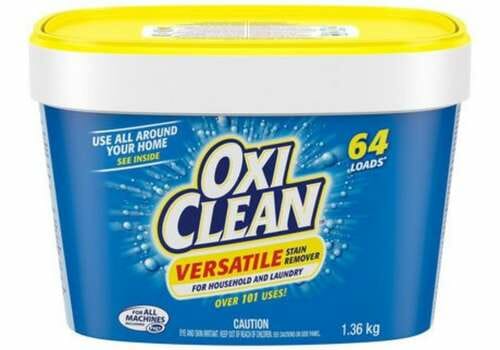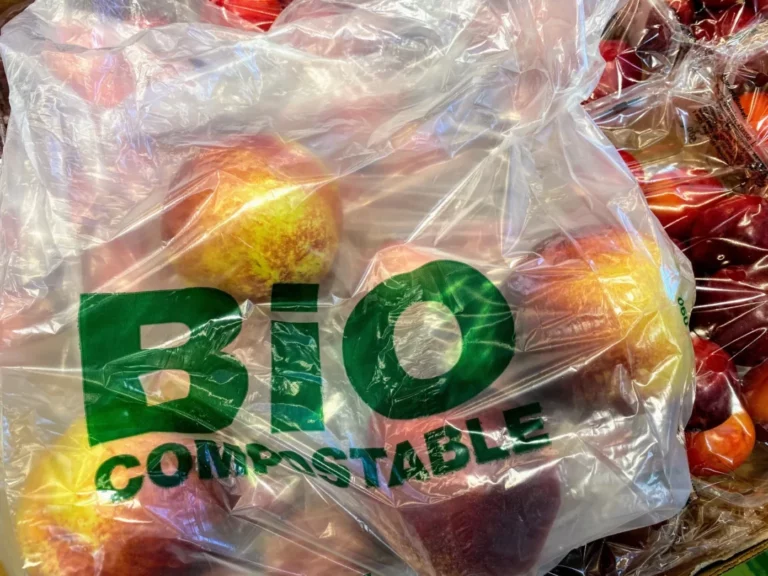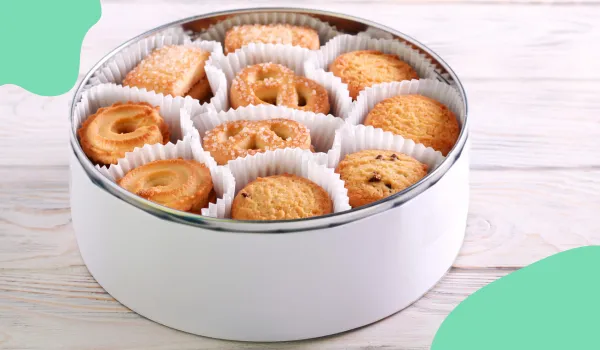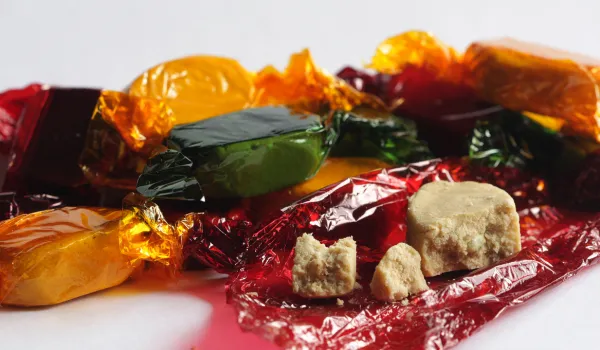Why Is Bamboo Eco Friendly? Learn How It Grows & Its Everyday Uses
Discover why bamboo is an eco-friendly choice and learn how it grows and its everyday uses. Find out why is bamboo eco-friendly and make the switch today!
Bamboo is an incredibly versatile and eco-friendly material that can be used in a variety of everyday products. But what exactly is bamboo, how does it grow, and why should we use more of this sustainable resource? From furniture to toothbrushes, there are many ways that bamboo eco-friendly materials help us live a greener lifestyle.
In this blog post, we’ll explore the benefits of using bamboo in our daily lives by looking at its growth cycle, uses for different types of products, and environmental advantages. So join us as we uncover the fascinating world behind one of nature’s most renewable resources – Bamboo Eco Friendly!
What is Bamboo?
Bamboo is a type of grass that has been used for centuries as a sustainable resource. It is known for its strength, versatility, and durability. Bamboo grows quickly and can be harvested without damaging the environment or depleting natural resources.
Overview of Bamboo: Bamboo is one of the fastest-growing plants in the world, with some species growing up to four feet per day. It’s also incredibly strong and durable; bamboo fibres are three times stronger than cotton fibres. Additionally, it’s naturally pest-resistant and doesn’t require any fertilizers or pesticides to grow.
Get Your Hand on Your Eco-Friendly Living Starter Guide!
Benefits of Bamboo: One of the biggest benefits of using bamboo products is that they are renewable resources. Unlike other materials, such as plastic or metal, which take hundreds or thousands of years to decompose, bamboo breaks down relatively quickly when exposed to air and sunlight.
This makes it an ideal choice for eco-friendly products like furniture, clothing, kitchenware, and more. Additionally, because bamboo requires minimal water to grow compared to other crops like cotton or wheat it has a much lower carbon footprint than those materials do when produced on an industrial scale.
Bamboo is an eco-friendly and sustainable material that can be used for a variety of purposes. It has numerous benefits, comes in many different varieties, and requires specific climate conditions to grow properly. Now let’s take a look at how bamboo grows.
Bamboo is an excellent eco-friendly resource due to its fast growth rate, strength, durability, and renewable nature. Benefits include low carbon footprint, pest-resistant, no fertilizers or pesticides needed, and quick decomposition when exposed to air and sunlight.

How Does Bamboo Grow?
The Growing Process:
Bamboo is a grass that grows in temperate and tropical climates. It can grow up to 3 feet per day, making it one of the fastest-growing plants on earth. The bamboo plant has an extensive root system which helps it to absorb water and nutrients from the soil quickly. This allows for rapid growth and makes bamboo a great choice for eco-friendly building materials.
Climate Requirements for Growth:
Bamboo thrives in warm climates with plenty of moisture but can also survive in cooler temperatures if given enough water. In order to ensure optimal growth, farmers often cultivate their crops near rivers or other sources of running water so they have access to ample amounts of both sunlight and hydration throughout the year.
Once harvested, bamboo must be processed before it can be used as a building material or fabric for clothing items. This process involves cutting down the stalks into smaller pieces which are then dried out before being treated with preservatives such as borax or waxes to make them more durable against weathering elements like rain or snowfall.
After this step is complete, the pieces are ready to be used in construction projects or turned into fabrics for clothing items like shirts, pants and jackets.
Bamboo is an incredibly sustainable resource that can be used in a variety of ways. By understanding how it grows and the climate requirements for growth, we can ensure its responsible use. Now let’s explore the many uses of bamboo in everyday products.
Here is a quick video from Minute Earth showing you how natural bamboo can grow rapidly.
The Everyday Use of Bamboo Products
Home decor and furniture made from bamboo are becoming increasingly popular due to its strength, durability, and natural beauty. Bamboo furniture comes in a variety of styles, making it easy to find pieces that fit any home’s aesthetic. It is also lightweight yet strong enough to support heavier items like bookshelves or cabinets.
Clothing and accessories made from bamboo fibers are soft, breathable, and moisture-wicking – perfect for those hot summer days. The fabric is also hypoallergenic which makes it great for people with sensitive skin. Plus, the natural antibacterial properties of bamboo make it resistant to odors so you don’t have to worry about your clothes smelling after wearing them all day long.
Kitchenware and utensils made from bamboo are both practical and stylish additions to any kitchen. Bamboo cutting boards are durable enough for daily use while being gentle on knives; they won’t dull blades like plastic or glass boards do. Utensils such as spoons, spatulas, ladles, whisks etc., crafted out of this renewable resource will last longer than their plastic counterparts without compromising on performance or safety when cooking with high temperatures.
Bamboo is a great resource for creating everyday products that are both sustainable and stylish. Its renewable nature, low carbon footprint, and biodegradable properties make it an ideal choice for eco-conscious consumers looking to reduce their environmental impact. Let’s now explore why bamboo is so eco-friendly.
Bamboo is a sustainable and eco-friendly material that can be used for many everyday products, such as furniture, clothing, kitchenware and utensils. It’s lightweight yet strong, hypoallergenic and antibacterial – perfect for creating stylish yet practical items that are built to last.

Why is Bamboo Eco-Friendly?
Bamboo is an eco-friendly resource due to its renewable nature, low carbon footprint, and biodegradable properties. It can be used in everyday products to help reduce our environmental impact.
Renewable Resource: Bamboo is a rapidly renewable resource that grows quickly and can be harvested without damaging the environment. It regenerates itself naturally from its own roots, making it one of the most sustainable resources available. Additionally, bamboo does not require any pesticides or fertilizers for growth and requires minimal water compared to other crops.
Low Carbon Footprint: Bamboo has a much lower carbon footprint than traditional materials such as plastic or metal because it absorbs more carbon dioxide from the atmosphere during its growth cycle than it emits when processed into products like furniture or clothing. This makes bamboo an excellent choice for those looking to reduce their environmental impact by using sustainable materials in their daily lives.
Biodegradable Nature: Unlike many synthetic materials, bamboo is completely biodegradable which means that when disposed of properly it will break down naturally over time without releasing harmful chemicals into the environment. Additionally, since bamboo breaks down easily in soil it can be composted and used as fertilizer for plants instead of being sent to landfills where it takes up valuable space and contributes to pollution levels.
Using bamboo products in place of traditional materials helps reduce our environmental impact while also providing us with durable goods that are both stylish and functional. From home decor items like rugs or curtains made out of natural fibers such as jute or hemp, to kitchenware crafted from sustainably sourced wood – there are plenty of ways we can make eco-conscious choices without sacrificing style or quality.
Bamboo is an eco-friendly resource due to its renewable nature, low carbon footprint and biodegradable properties. It can be used in everyday products to reduce our environmental impact: 1) Renewable Resources. ; 2) Low Carbon Footprint; 3) Biodegradable Nature.
FAQs in Relation to Why is Bamboo Eco Friendly
Is bamboo really environmentally friendly?
Yes, bamboo is an environmentally friendly material. It is a renewable resource that grows quickly and does not require the use of pesticides or fertilizers to grow. Bamboo also requires less water than other plants, making it more efficient in terms of its environmental impact.
Additionally, bamboo products are biodegradable and can be recycled easily at the end of their life cycle. All these factors make bamboo an excellent choice for eco-conscious consumers looking to reduce their carbon footprint.
Why is using bamboo good for the environment?
Bamboo is an excellent choice for eco-conscious living as it is a highly renewable resource. It grows quickly and abundantly, making it one of the most sustainable materials available. Additionally, bamboo requires no pesticides or fertilizers to grow, reducing its environmental impact even further.
Bamboo also sequesters more carbon dioxide than other plants and releases 35% more oxygen into the atmosphere than trees, helping to reduce global warming effects. Finally, bamboo products are biodegradable and compostable at the end of their life cycle which makes them a great choice for those looking to reduce their environmental footprint.
Is bamboo more eco-friendly than wood?
Bamboo is generally considered to be more eco-friendly than wood, due to its fast growth rate and ability to regenerate quickly. Bamboo grows much faster than trees, meaning it can be harvested at a quicker rate without depleting natural resources.
Additionally, bamboo does not require the use of fertilizers or pesticides for cultivation, making it an environmentally friendly choice when compared with wood. Furthermore, bamboo releases 35% more oxygen into the atmosphere than trees do, helping reduce carbon dioxide levels in the environment.
What makes bamboo sustainable?
Bamboo is an incredibly sustainable material due to its fast growth rate, low water consumption and minimal environmental impact. It grows up to a meter per day without the need for pesticides or fertilizers, making it one of the most renewable resources available.
Additionally, bamboo requires much less water than other crops like cotton and timber, reducing strain on natural resources. Finally, bamboo has a very low carbon footprint as it absorbs more CO2 than it emits during production and decomposition. All these factors make bamboo an ideal choice for eco-conscious consumers looking to reduce their environmental impact.
Why Bamboo is Eco-Friendly & Sustainable
In conclusion, bamboo is a sustainable and eco-friendly resource that can be used in many different ways. From furniture to clothing, its versatile nature makes it an ideal choice for those looking to reduce their carbon footprint.
Bamboo grows quickly and requires little maintenance, making it an excellent option for anyone wanting to make the switch from traditional materials. With its natural beauty and versatility, bamboo is sure to remain a popular choice among eco-conscious consumers for years to come!
Let’s all take action to create a more sustainable future! Bamboo is an eco-friendly material that can help us reduce our carbon footprint. Not only is it renewable and easy to grow, but it also requires no fertilizers or pesticides during production.
It produces oxygen while growing, making bamboo the perfect choice for home décor and furniture. By switching to bamboo products in our everyday lives we can start living an eco friendly life today!







